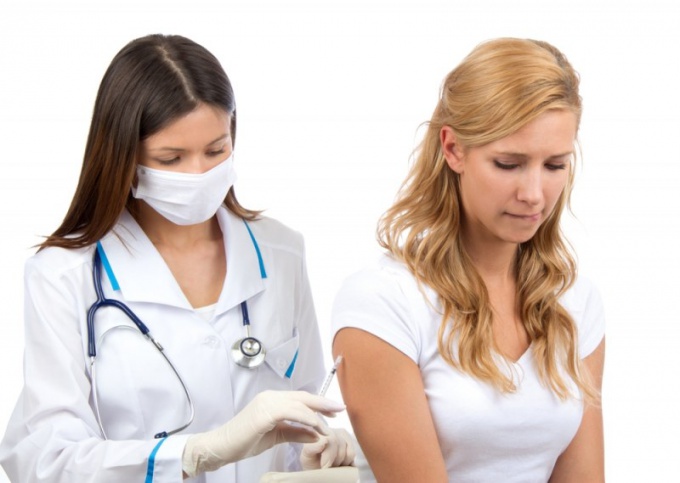Sources of infection
Tetanus is caused by the bacterium Clostridium tetani. The source of the infection is common and can be found almost everywhere.
The bacterium enters the body through cracks and wounds. Increased probability of infection with tetanus occurs when wounds were caused by a dirty object on which there are remnants of feces, soil or saliva. Also high risk of infection through burns, open fractures, or wounds with necrotic tissue.
In rare cases, the bacteria can penetrate through superficial damage, which was lifted only the top layer of skin. The disease can also occur in surgical operations. Very rarely there are cases of tetanus resulting from the bite of infected insects, and dental infections. Also the risk of infection increases if the person on the skin are chronic inflammation and infection. Probable is the transfer of tetanus in intravenous drug affected syringe.
Women can become infected with tetanus when carrying out the birth or abortion of infected instruments. Newborns can be infected using a knife, razor or other tool that can be used in cutting the umbilical cord. Theoretically possible transfer of the disease to the newborn, if in the hands of a man who delivers, is a bacterium.
Rarely tetanus called when the operations of piercing and scarring. There have been documented cases of the disease during the operation of circumcision is poorly sanitized tools.
Risk groups
Infection disease can occur in humans of any age and gender, but most tetanus occurs in newborns (neonatal tetanus). Most of the children infected with the disease die because their immune system is not able to resist the activity of bacterial infection.
Symptoms
The disease begins to show symptoms usually within 3-10 days, but sometimes the infection can enter the active stage and after 3 weeks. The shorter the incubation period of the disease, the higher the risk of death.
At the initial stage may appear nagging pains in the field, through which the occurred penetration of the infection. After a few days starts the phenomenon of lockjaw, which manifests itself in spasmodic contraction of the masticatory muscles. In the complicated form of the disease the teeth firmly stickymouse, because of which the patient loses the ability to open the mouth. To further develop the phenomenon sardonic smile. Due to spasm disrupts the function of swallowing, there is tension in the muscles of the neck. The disease spreads throughout the body, in some cases causing a complete stiffness of the body and violation of the ability to walk normally. Spasms lead to the inability to perform vital functions of respiration, defecation, swallowing, urination. The disease is accompanied by accelerated metabolic and cardiac disorders.
